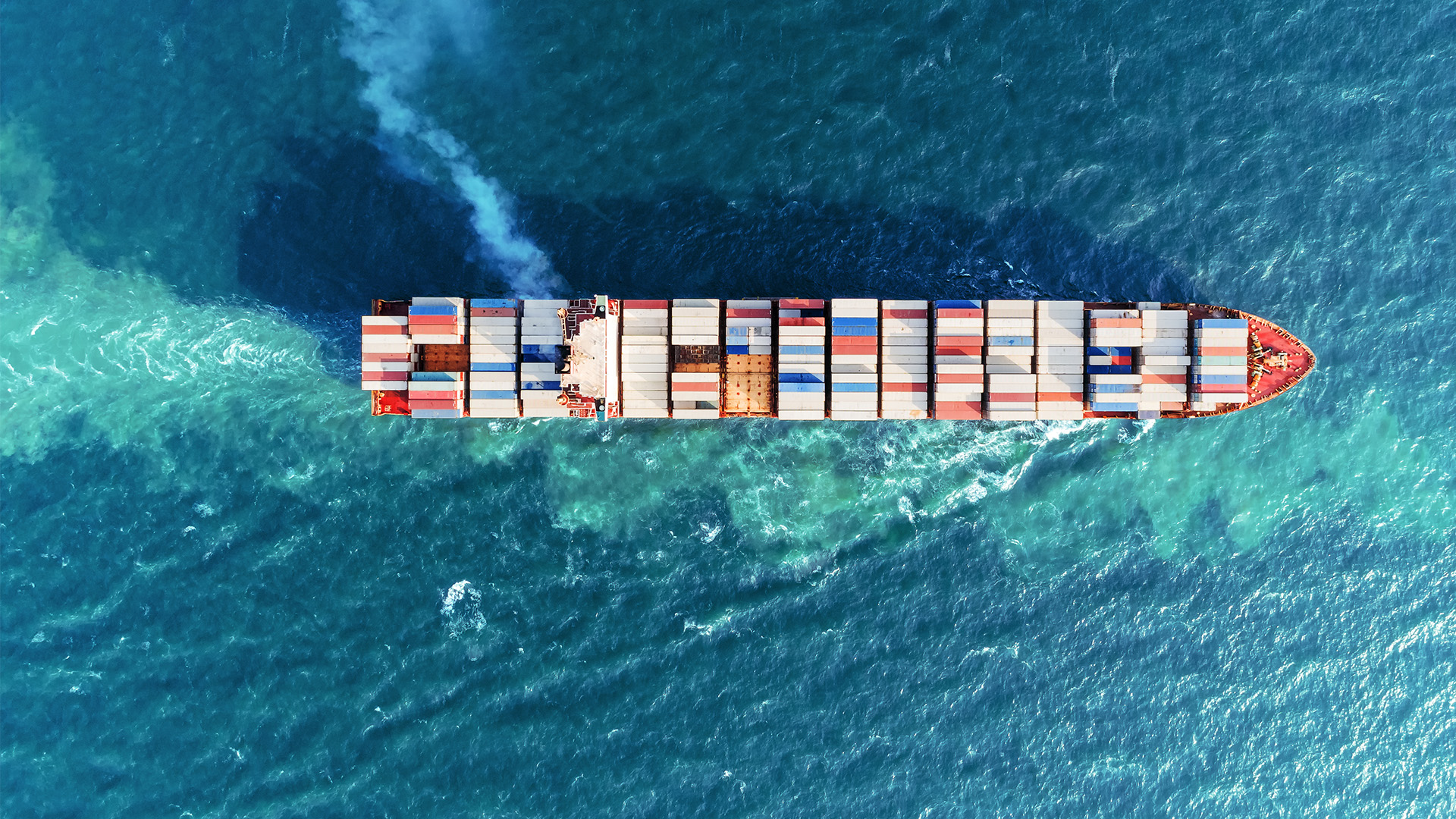


The international shipping community became a direct target of U.S. measures on 17 April 2025 when the United States Trade Representative (USTR) formally announced the adoption of a suite of fees and trade restrictions under Section 301 of the Trade Act of 1974.
Some of these measures target Chinese maritime and shipbuilding sectors, while others, in respect of vehicle carriers, apply to all foreign-built vessels on a non-discriminatory basis. This is a significant development and should be considered by owners and operators of Chinese built, owned or operated vessels, including those on bareboat charter or lease financed, and all owners and operators of car and LNG carriers.
This briefing summarises the measures adopted along with their potential implications for charterparties and contracts of affreightment (COAs).
The newly adopted actions comprise four annexes, each governing different categories of vessels or services. Importantly, the measures are not cumulative, meaning only one fee will apply. A vessel will be subject to only one of the actions, determined in the following order:
Although effective from 17 April 2025, there is a 180-day grace period until 14 October 2025. Thereafter, phased fees will be introduced and increase incrementally over three years. Vessel operators must self-report and pay accumulated fees in advance of the call as determined by U.S. Customs and Border Protection (CBP), providing documentation upon request.
This Annex applies to vessels operated by or owned by Chinese entities (which reference includes Hong Kong and Macau).
A vessel has a wide meaning, effectively including all vessels being used as a means of transportation on water. Accordingly, there is no size or weight restriction on applicability.
The vessel operator and vessel owner are the entities identified as such on the Vessel Entrance or Clearance Statement (CBP Form 1300) or its electronic equivalent.
The vessel operator is likely to be the entity named on the Certificate of Financial Responsibility (COFR), who is the entity responsible for the vessel’s operation and safety or identified in a bareboat or time charter agreement as having operational control (i.e. crewing, navigating, maintaining, etc.). In practice, that is likely to be the bareboat charterer or (possibly) long-term time charterer, but is unlikely to be a sub-voyage or short-term time charterer. To the extent a ship-manager is named on Form 1300, they could also face direct exposure.
The vessel owner will be the party holding legal title to the vessel, i.e. the registered owners and so could include a SPV registered owner under a bareboat charter financing arrangement.
A vessel owner or operator of China is an entity which:
The vessel operator is responsible for paying the fee for the vessel, which starts at U.S.$50 per net ton (NT) from 14 October 2025. The fee increases by U.S.$30 every 180 days, reaching U.S.$140/NT by 17 April 2028.
The fee is subject to two caps:
Accordingly, Annex I is wide ranging as it will capture non-Chinese operated vessels, which are Chinese owned. In practical terms this could mean Chinese owned vessels on bareboat, time or voyage charter. It will also capture vessels owned by Chinese leasing companies.
This applies to Chinese-built vessels, broadly being a vessel that was built in China, and only applies if Annex IV, III and I do not already apply.
It is the vessel operator that must pay the higher of two fees calculated by reference to:
Fees are chargeable up to five times per year per vessel. If making multiple U.S. port calls before transiting a foreign destination, the fee is assessed per rotation.
Annex II will capture non-Chinese owned or operated vessels, that have nevertheless been built in China, subject to exemptions, which include as a non-exhaustive list:
Fees may also be suspended for up to three years and remitted if the vessel owner orders and takes delivery of a U.S.-built vessel of equivalent or greater tonnage. It is not clear how this will work in practice under a common one-ship owning vehicle corporate structure, but this may be academic in the immediate term given limited U.S. shipbuilding capacity.
This Annex targets non-U.S. built vehicle carriers as defined under CBP Form 1300. As this refers to “non-U.S. built”, its scope is wider than just vessels constructed in China. However, the vessel does not need to be completely built in the U.S. to be exempted – for example, it is enough if all major components are manufactured in the U.S.
From 14 October 2025, the vessel operator of non-U.S. vehicle carriers must pay U.S.$150 per Car Equivalent Unit (CEU) of capacity. This might be seen as an indirect tax on foreign car manufacturers.
Suspension is available for up to three years if the operator orders and takes delivery of a U.S. built vessel of equal or greater CEU capacity.
Unlike the other three annexes, Annex IV introduces an export preference rule rather than a fee. LNG will only be permitted to be exported on vessels that receive a licence under this Annex. As a result, this Annex is really focused on U.S. exporters rather than LNG carrier owners and operators. Non-compliance could result in suspension of LNG export licenses.
No export restrictions will be imposed until 17 April 2028, at which point 1% of LNG exports must be on U.S. flagged and operated vessels. We understand this to be a percentage of total U.S. exports, rather than percentage per exported.
From 17 April 2029, there is a requirement that 1% of exports are on U.S. flagged, operated and built LNG carriers. This percentage increases periodically up to 15% by 2047. Newbuilding orders would have to be placed relatively soon, and the U.S. shipbuilding industry would need to significantly expand its capacity and technical ability to meet that target. This is at a time when there is reported oversupply of LNG carriers and a downturn in charter rates in the sector.
A vessel may be excluded from the Annex for up to three years if the vessel owner orders and takes delivery of a U.S. built LNG carrier.
Under Annexes I to III, it is the vessel operator who must calculate, report and pay the applicable fees. However, parties may have contractually agreed to apportion liability for such taxes differently. How that apportionment works will depend on (a) what the fee/tax relates to; and (b) the wording on the contract in question.
Type of tax
Is it a tax on the vessel or cargo? That is not necessarily a straightforward question. A tax on the NT of a vessel may well be a tax on the vessel, but a tax on the number of containers discharged (see Annex II) could be a tax on cargo.
Contractual wording
A wide variety of charterparty tax clauses exist– for example:
Even if there is no wording, if a party other than the vessel operator pays the fee under Annexes I to III then they may have a claim for reimbursement in restitution and/or potentially under the implied indemnity in a time charter context. However, under a bareboat charter, it is likely that liability for these fees lies with charterers.
In the wake of Red Sea war risk deviations, some COAs and voyage charters have been drafted on the basis that the freight rate is all-inclusive and irrevocably fixed. Such provisions may be wide enough to prevent an owner from seeking reimbursement for additional taxes as a result of a U.S. port call, which may in turn make the COA unattractive to the owners.
Care must be given to considering time bars – particularly if the claim is an indemnity (right to reimbursement) or damages (compensation for breach of contract). This may depend on whether a clause merely requires a party to be responsible for a tax, or to pay it directly. Responsibility may only give rise to an indemnity, whereas a failure to pay directly may be a breach of contract. The difference can be important, for example BPvoy4 clause 22 contains a 180-day notification provision for indemnity claims for sums alleged to be for charterers’ account, but arguably does not apply to damages.
The fees due for a U.S. port call could be significant. For example, a 45,000NT 8,000 TEU vessel could incur fees of U.S.$2.25 million per port call from 14 October 2025 under Annex I (Chinese owned or operated). It would be prudent for owners to verify whether charterers have the financial ability to pay such sums prior to loading cargo for the U.S. (particularly as these fees may meet the perfect storm of a recession, affecting charterers’ earning potential). Likewise, to the extent a ship-manager is exposed as an operator they are taking a credit risk on seeking reimbursement under the management contract.
Voyage charter and COA nominations / Know Your Customer (KYC)
It will be important for charterers to verify the ownership structure and construction of vessels to avoid triggering fees for any planned U.S. port calls. For existing COAs this could be problematic if charterers do not have a right to refuse Chinese owned/operated vessels under the vessel nomination and acceptance regime.
Special consideration of individual contractual clauses may be necessary to determine whether these measures fall within the scope of change in law, force majeure, or sanctions clauses. While it is unlikely that these measures would be considered sanctions in the traditional sense, as they primarily increase operating costs for targeted vessels without imposing prohibitions, a broad definition could potentially include them.
It may be worth considering the exemption for less than 2,000nm voyage in Annex II (operators of Chinese built vessels). For example, containerships on liner services from Asia or Europe to the U.S. may be able to build in port calls to Canada, the Caribbean or Central America as a final port before calling in the U.S. Alternatively, key container ports in the Caribbean may expand as transhipment hubs, with feeder vessels then completing short voyages to the U.S. mainland (which would also be under 4,000 TEU and exempt from Annex II).
These measures could have a significant impact on the shipping market, including disrupting traditional shipbuilding markets and creating a two-tiered world fleet (vessels that can trade to the US and those that cannot). With legal coverage spanning English law issues under shipping contracts, enforcement under the US measures and the impact on Chinese lease finance arrangements, HFW is well placed to offer comprehensive advice on these issues.
Additional research undertaken by Thiseas Efthymiou, Trainee Solicitor.

